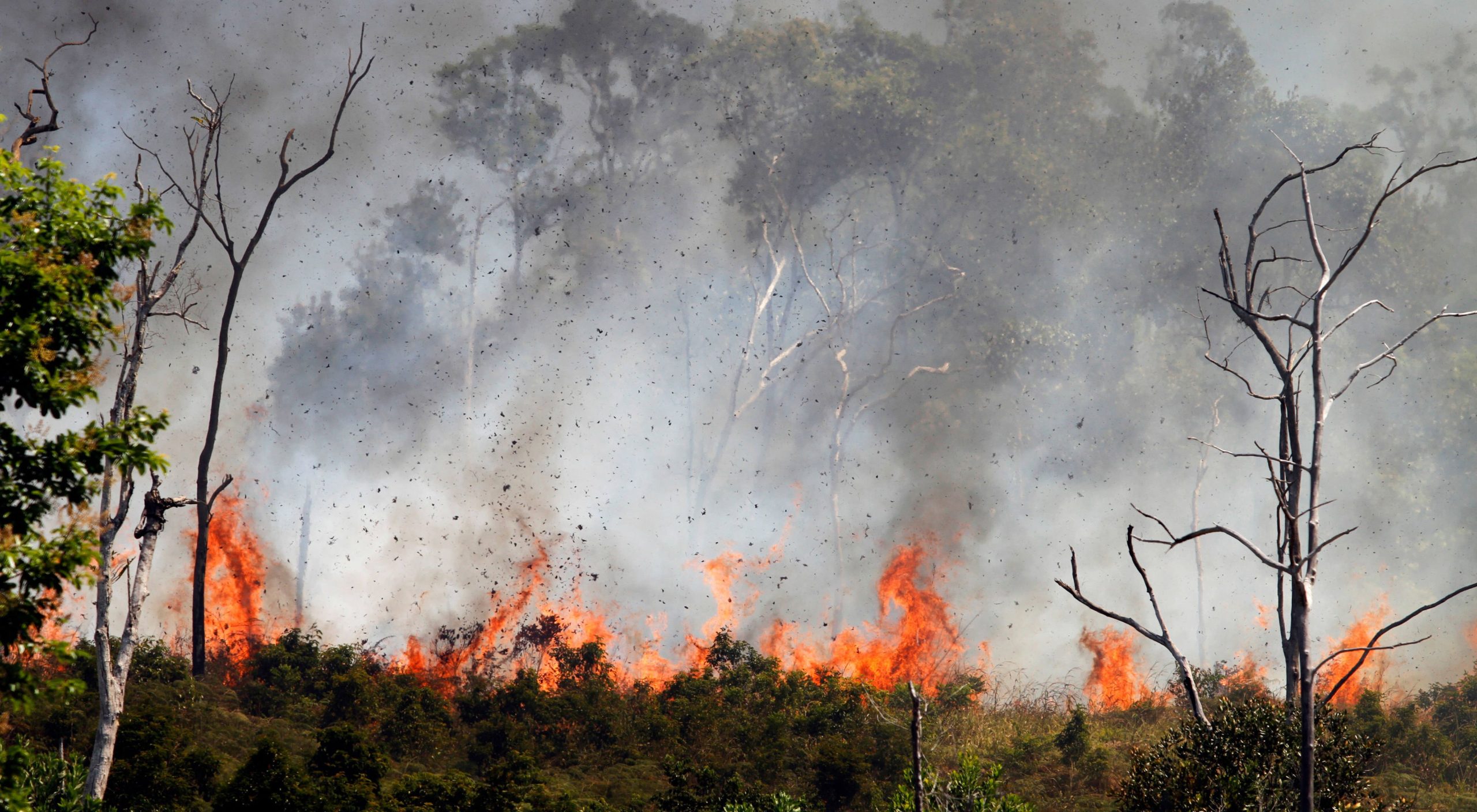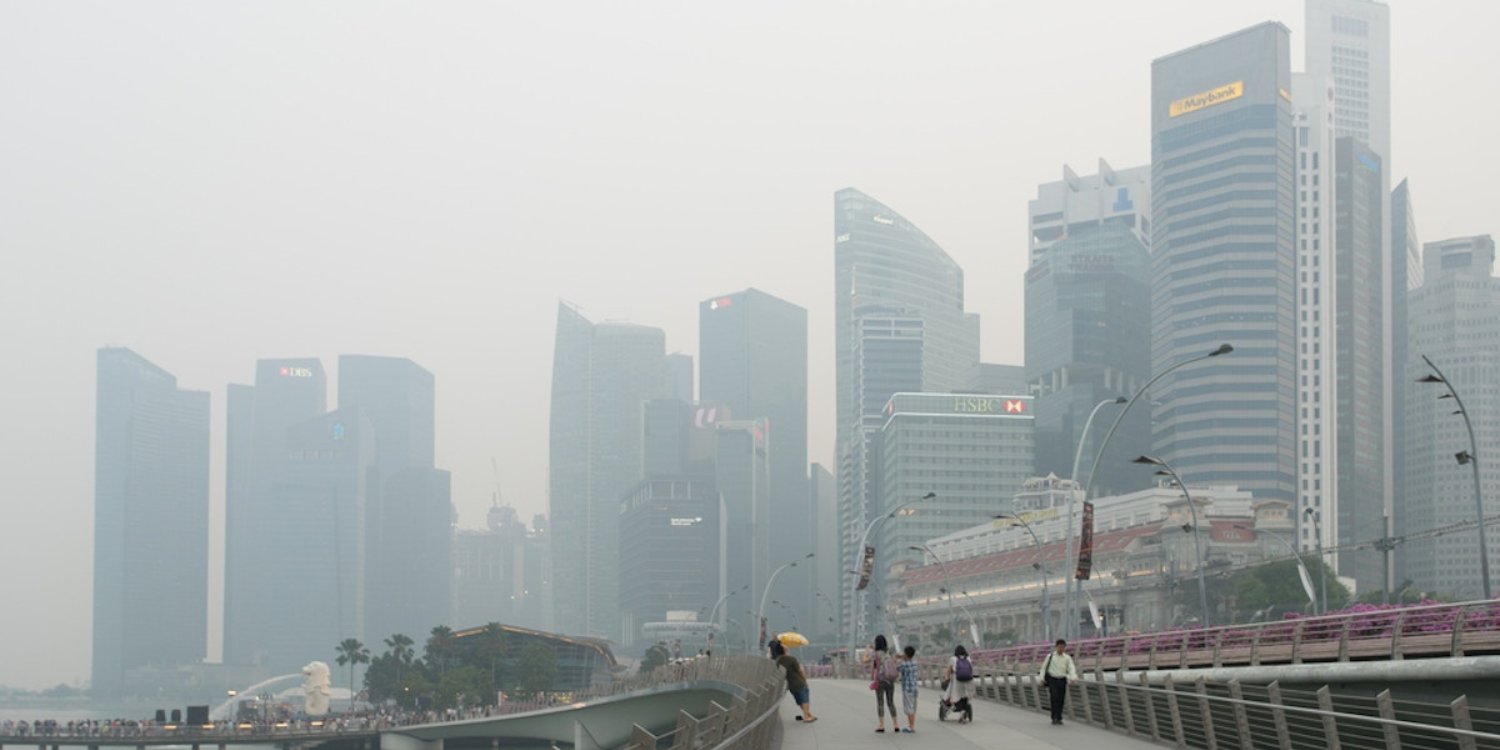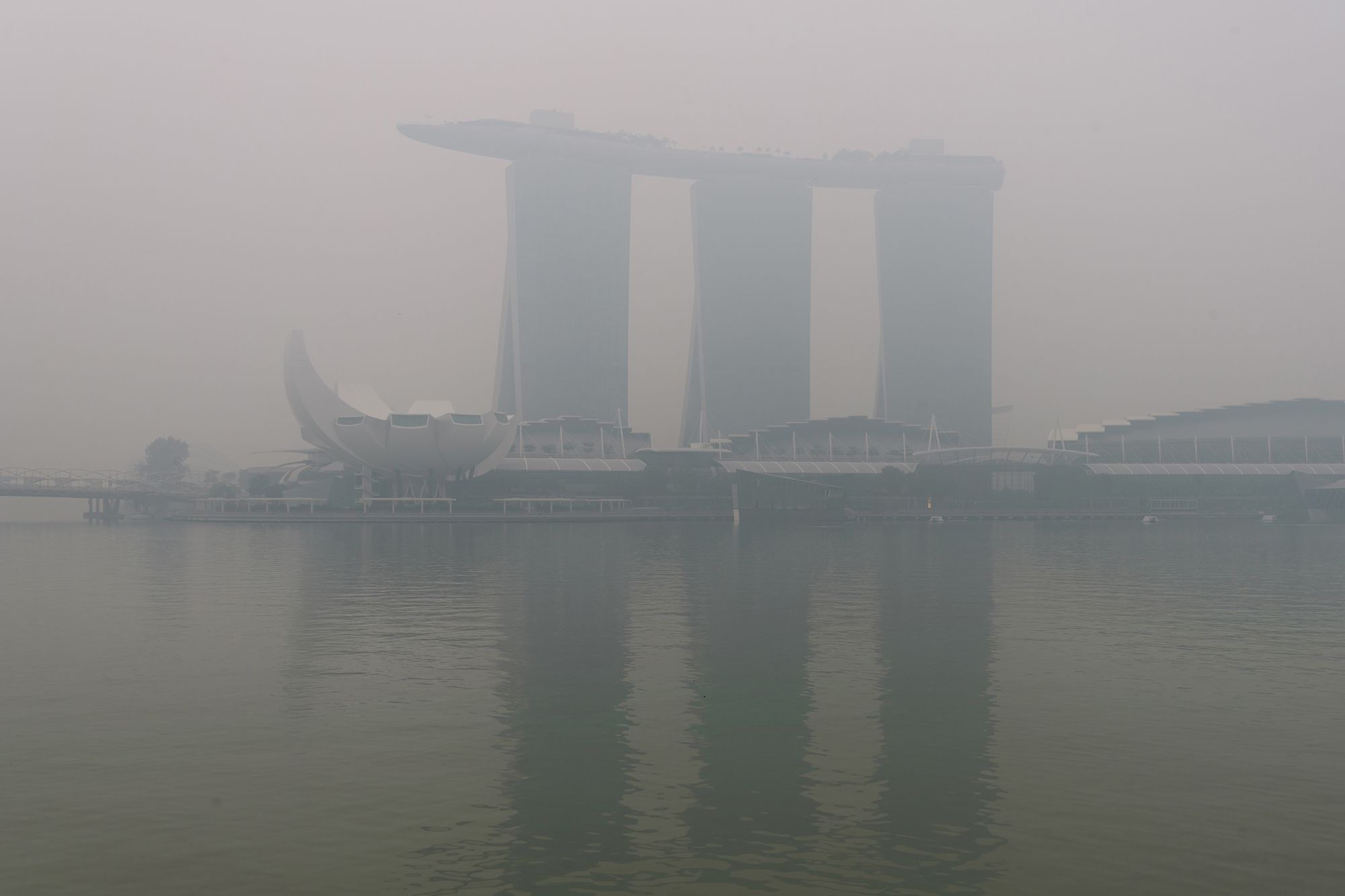Singapore Institute Warns Of Significant Haze Risk In 2023
Singaporeans may want to consider stocking up on N95 masks and air purifiers — a local institute has warned of a high likelihood of severe transboundary haze.
This is the first time the Singapore Institute of International Affairs (SIIA) has issued a Red Alert since it began publishing its Haze Outlook reports in 2019.
It explained that it gave the rating primarily due to the expected upcoming heatwave, which may increase the chance of forest fires burning out of control.
Warmer Weather Expected Till Oct, S’poreans Encouraged To Prepare Masks In Case Of Haze
To prepare for the worst, officials should keep a close eye on the situation and take steps to ensure that there are enough masks and supplies to go around.
High risk of severe transboundary haze in Singapore
On Wednesday (21 June), SIIA, an independent think tank, released its Haze Outlook 2023 report warning of a high risk of haze.
The likelihood of a severe transboundary haze is rated on the following scale:
- Green (Low Risk)
- Amber (Medium Risk)
- Red (High Risk)
This marks the first time SIIA has issued a Red rating since its first Haze Outlook five years ago.
The report provides a risk assessment of the probability of a severe haze in ASEAN, particularly Singapore, Malaysia, and Indonesia.
It is based on three factors:
- Weather (meteorological forecasts)
- Policy (government action)
- Markets (price signals that may drive deforestation)
SIIA arrived at the Red rating mainly because of the heatwave that’s predicted to happen in Singapore this year.
Severe haze incidents in the past usually happened during intense drought periods corresponding to El Niño or positive Indian Ocean Dipole (IOD).
As such, it stated that these dry weather phenomena are likely returning in 2023.
Another cause for concern is the rise in prices of agricultural commodities in 2022.
“Historically, spikes in the price of agricultural commodities have been followed in subsequent years by increased deforestation in Southeast Asia as growers move to meet global demand,” the report stated.

Source: The Nature Conservancy
Fire prevention policies could help improve situation
Fortunately, the report also notes that the Malaysian and Indonesian governments have been committed to fighting haze.
SIIA noted,
The right policies are in place at the central government level to prevent fires and haze.
That said, it added that Indonesia will hold its General Elections, which must be held by February 2024.
“NGOs claim that past years have seen electioneering affect the consistency of law enforcement against illegal land clearing, especially at the local level,” it added.
Still, SIIA acknowledged the efforts to improve fire prevention and suppression thus far.
These will help to improve the situation, especially compared to the record haze incidents that happened in 1997 and 2015.
Be prepared for the worst
As a result, SIIA recommends establishing protocols to safeguard citizens in the event of a severe heatwave.
Earlier this month, Minister for Sustainability and Environment Grace Fu shared at the Singapore Dialogue on Sustainable World Resources that a Heat Stress Advisory framework will be released.
This will detail what protective actions people need to take according to predicted weather conditions.
“Preparedness is needed to ensure there are sufficient N95 masks and other supplies in the event of a severe transboundary haze incident, to avoid shortages,” SIIA stressed.
“Consistency is necessary and such preparedness should be in place not only for 2023, but kept current.”
Have news you must share? Get in touch with us via email at news@mustsharenews.com.
Featured image adapted from Shutterstock via Eco-Business.










